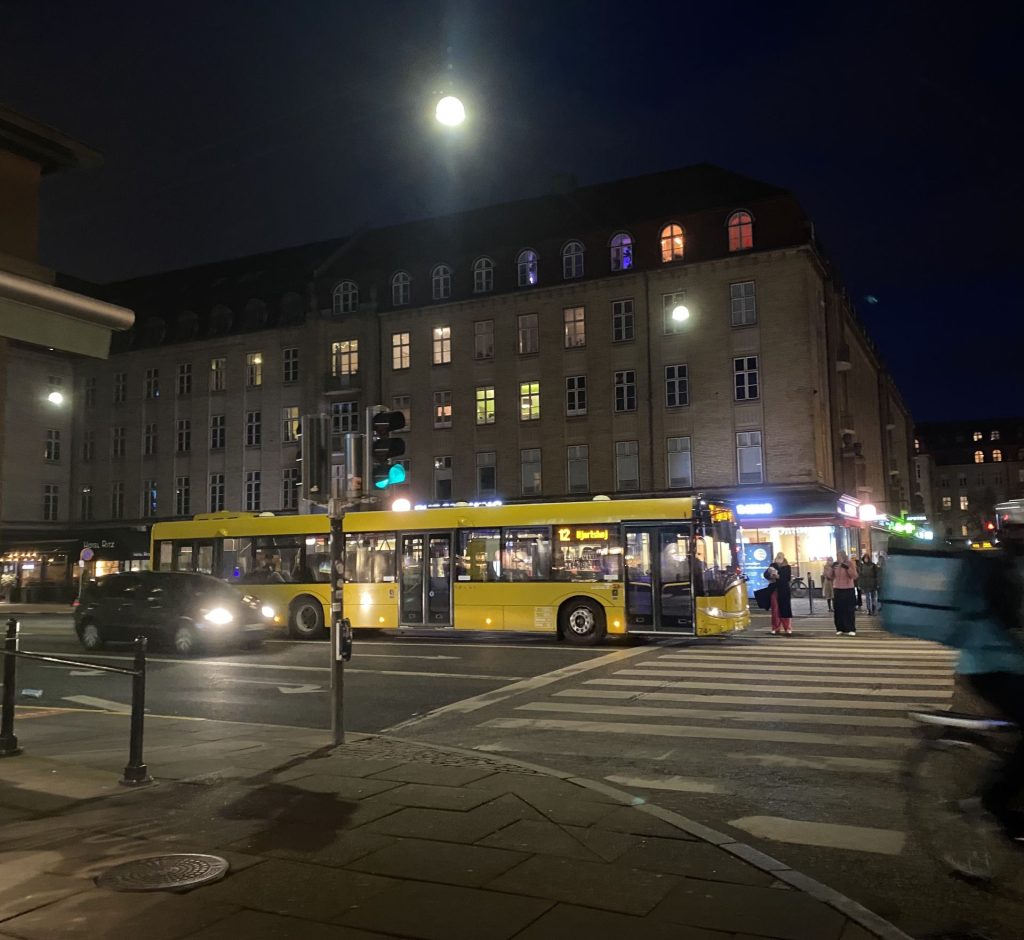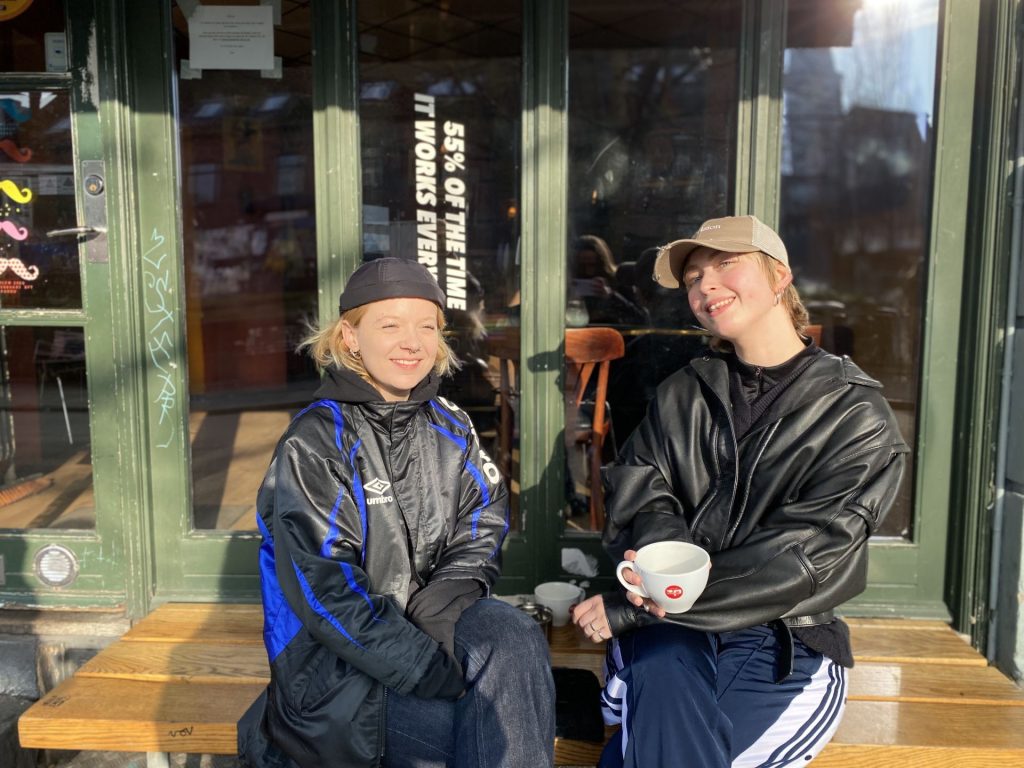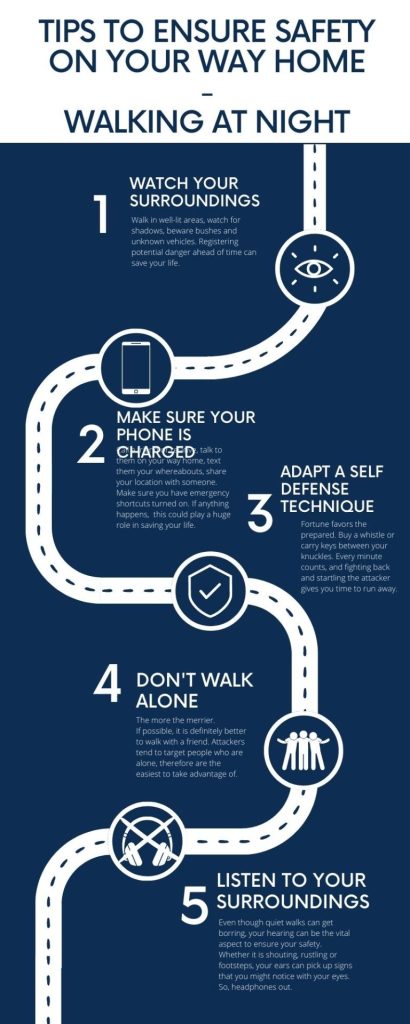Getting home from a night out can be a struggle. In Aarhus, it is especially so if you’re out on a weekday past midnight when the buses and the light rail stop running. Many people therefore choose to walk home. A method of transportation that doesn’t always feel safe.

Night transportation in Aarhus is limited, mainly on weekdays. For example, the last bus from Aarhus city center to Skjoldhøjkollegiet, one of the biggest student dormitories in Aarhus, departs just a few minutes past midnight. In a city that was voted best student city in Denmark last year, that can be perceived as quite odd. One of the criteria was namely transportation possibilities.
When public transport is not an option, people in Aarhus must pick other methods to get home. Since taxis are quite expensive, especially on a student budget, the remaining option is to use your own two feet. Walking is the preferred method of getting home for student Nico Brandt, 25.

Feeling unsafe in a safe city
Aarhus is generally considered a relatively safe city, and Denmark was ranked the fourth safest country in the world by the Global Peace Index in 2021. But when you’re alone in the dark, maybe under the influence of alcohol, that might be easy to forget.
“I wouldn’t want to walk home alone at night,” says Paya Hønslet, 17-year-old gymnasium student. “I would rather call my parents and have them pick me up, even if I was really drunk and it’s the middle of the night,” she continues.
Waiting or walking?
As we have recently reported, Midttrafik is not planning to expand their night transportation service during weekdays and is even looking into reducing it. That is the wrong way to go, Nico Brandt thinks.
“A lot of my friends that live further away from the city center can’t afford a cab home and their option is either to wait for hours for the bus or walk a long way home, which can feel very scary. So I think for both economic and safety reasons there should be more night buses,” they say.
Low demand for increased night transportation
Midttrafik’s head of planning, Henrik Juul Vestergaard, says that Midttrafik occasionally get requests from passengers to expand their night transportation, but that it’s not that common.
“It’s quite rare, but it happens. But for us, it simply wouldn’t be sufficient to increase the frequency of night transportation. The passenger count is too low,” he says.
It therefore seems safe to conclude that the people of Aarhus won’t be able to take the bus or the light rail home late at night anytime soon. At least not on weekdays. In the weekends, the night buses run more frequently throughout the night. Perhaps that could be reason enough to stay home during the week and limit your nightlife to the weekends.
Sara Schwartz Wiman & Anna Tereza Kristóf
